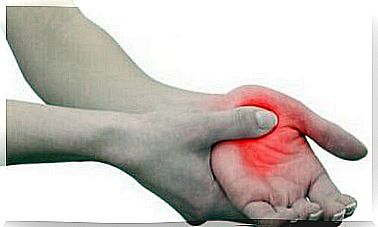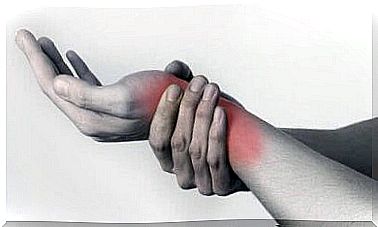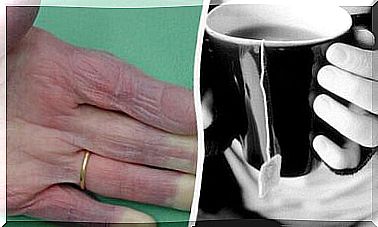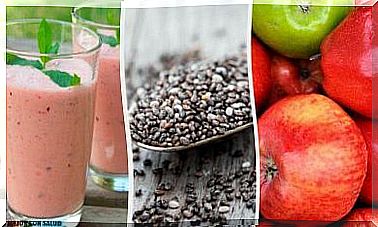Hepatic Metabolism: Antibiotics And Alcohol
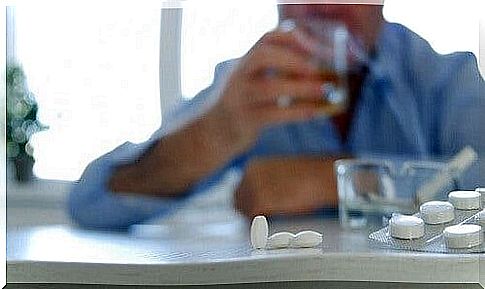
Both alcohol and antibiotics are toxic substances that are removed from the body by the liver metabolism. However, combining these substances can put your liver at great risk.
Have you ever heard that you shouldn’t drink alcohol while taking medication? You need to be even more careful if you mix antibiotics with alcohol. This behavior is very harmful to health due to the effect it has on hepatic metabolism . However, there are some assumptions that will help explain the process.
Liver metabolism – let’s start with what are antibiotics?
Since penicillin was invented, antibiotics have helped save millions of lives.
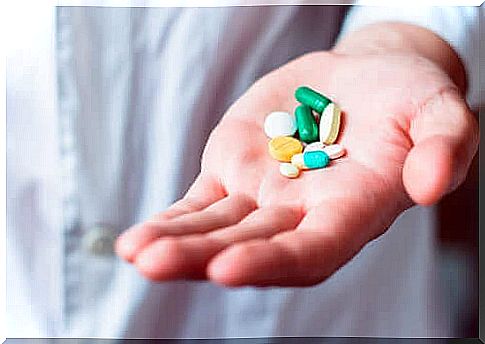
An antibiotic is a chemical, made by living organisms or synthetically, that kills or stops certain types of sensitive organisms. Antibiotics are drugs that are used to treat bacterial infections. Therefore, they are often called antibacterial drugs.
Antibiotics usually support the body’s defenses as long as the local response is strong enough to control the infection. An antibiotic is bacteriostatic if it stops the multiplication of the bacteria, and the bactericide kills them. Sometimes a single drug may have both effects, depending on the case at hand.
What is alcohol?
Alcohol is an addictive substance that weakens the central nervous system and gradually stops the brain from working. For this reason, symptoms of intoxication arise that affect brain activity and trigger incoordination and behavioral changes.
Frequent alcohol consumption over a long period of time causes inflammation in the liver cells and leads to their destruction. As a result, cirrhosis of the liver occurs.
How does the liver work? Hepatic metabolism
The liver is a key organ that performs several important functions in the human body.
The liver is one of the most important organs in our body. Mainly due to the large number of important functions throughout the day.
Plays a key role in metabolism. It controls the amount of protein in the blood and the distribution of certain nutrients, such as iron. It regulates the level of cholesterol and triglycerides and removes toxins.
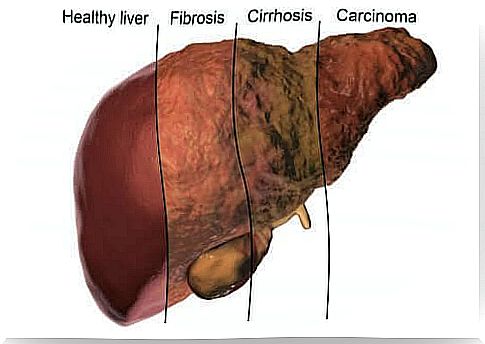
One of the basic functions of the liver is to eliminate toxic materials from the body. Since both antibiotics and alcohol are toxic, the liver is responsible for metabolizing them.
When a lot of toxins accumulate in the body, toxic hepatitis occurs. A liver function test is used to find out if hepatic metabolism is working properly . Such tests are used to evaluate the activity of the liver.
Liver function test
To assess liver function, liver function tests measure levels of specific proteins, enzymes, and substances, including :
- Bilirubin : is a yellow substance that is part of the bile. When red blood cells are broken down, they turn into bilirubin. There are tests that can detect bilirubin in the urine and blood. If bilirubin is in the blood, elevated levels can cause jaundice.
- Aminotransferases : Enzymes that show the integrity of liver cells (hepatocytes). They increase liver necrosis, i.e. the process of cell death.
- Alkaline phosphatase (ALP) : The most sensitive marker of cholestasis, although not specific to one disease only.
Toxic hepatitis
Toxic hepatitis is a term that refers to the inflammation that develops in the liver. This inflammation can have different causes. It is most often caused by various infections. However, it sometimes also occurs because of an unexpected reaction to the drug you take or exposure to toxic substances found in nature.
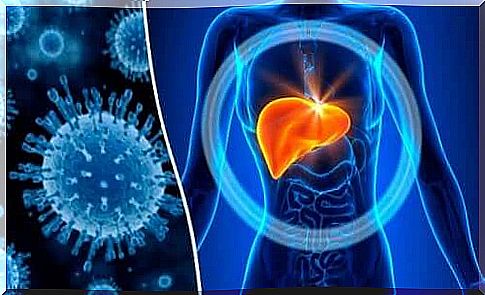
In addition to these cases, toxic hepatitis can also occur when alcohol is mixed with antibiotics. This is because these two toxic substances interact with each other. When this happens, we distinguish between two mechanisms.
- Toxic or direct hepatitis : Both alcohol and antibiotics are toxic, and the liver metabolizes both. Then, if the liver metabolism is overloaded, it will not be able to work hard enough, leading to the development of hepatitis.
- Idiosyncratic toxic hepatitis : Some antibiotics interact with alcohol to deactivate them. This means that they stop working and no longer kill the bacteria. A significant problem is that the bacteria that are about to be killed become resistant to the antibiotic, making them much more difficult to control.
To illustrate idiosyncratic toxic hepatitis, we will use the example of one of the antibiotics, amoxicillin with clavulanic acid. Nowadays, it is this drug that is the most common cause of the development of idiosyncratic toxic hepatitis in Western countries.
When this drug is combined with alcohol, it is deactivated, making the bacteria resistant to it. This means that in the future it will not be possible to eliminate them with amoxicillin / clavulanic acid.
The risk of resistance
Nowadays, bacteria are becoming more resistant to antibiotics. This is a significant problem that threatens the health of the entire human species.
To avoid making things worse, we should follow all medication guidelines, not take medications on our own, or use antibiotics to treat viral infections such as the flu or the common cold. You should also avoid consuming antibiotics with certain substances, such as alcohol.

